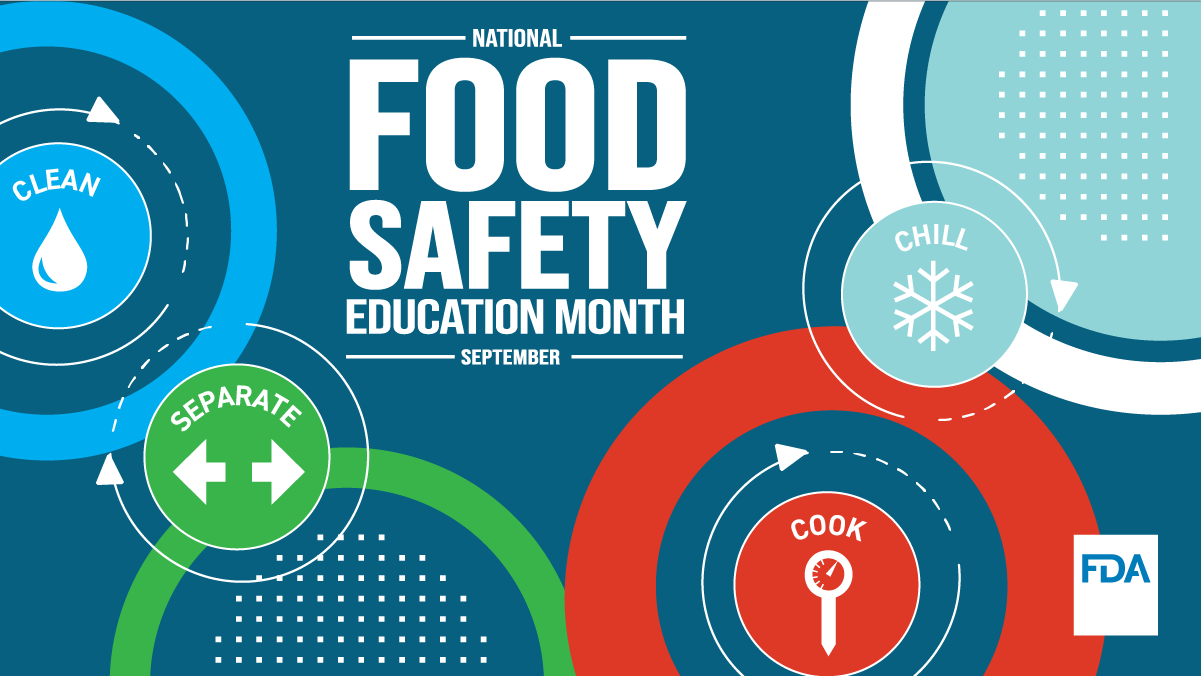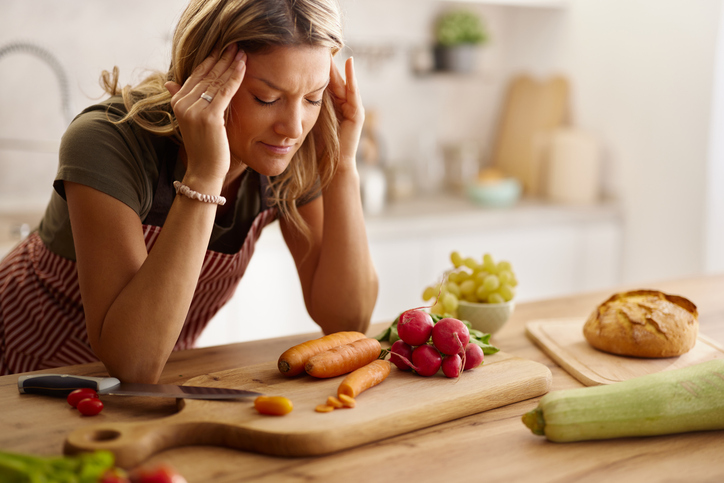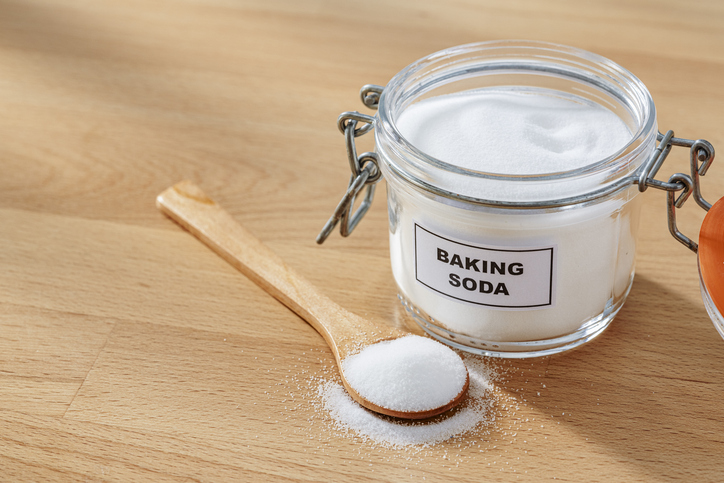September is Food Safety Education Month, which is a great time to remember some important food safety tips. Among everyone’s busy schedules, sometimes food safety is forgotten. However, maintaining a safe and clean kitchen can keep you and your family healthy.
Clean, Separate, Cook, Chill
There is a good chance you or someone you know has had a foodborne illness, what we often call “food poisoning.” There are four simple food safety steps you can follow in your own cooking to keep yourself and those you cook for safe.
1. Clean
Wash your hands and the surfaces you use for preparing food often. Use warm water and soap for at least 20 seconds to clean your hands before you start preparing any food. Also, make sure your dishes, cutting boards, utensils, and other kitchen supplies are cleaned with hot soapy water. Keeping things clean is key to making sure foodborne pathogens, the things that cause foodborne illness, do not get into your food. Many foods also need to be cleaned—fruits and vegetables, even those with peels or rinds we do not eat, should be scrubbed under running water. Note that raw meat and poultry do not need to be cleaned with water. Simply wipe or dab any extra fluid from meat with a paper towel before preparing it.
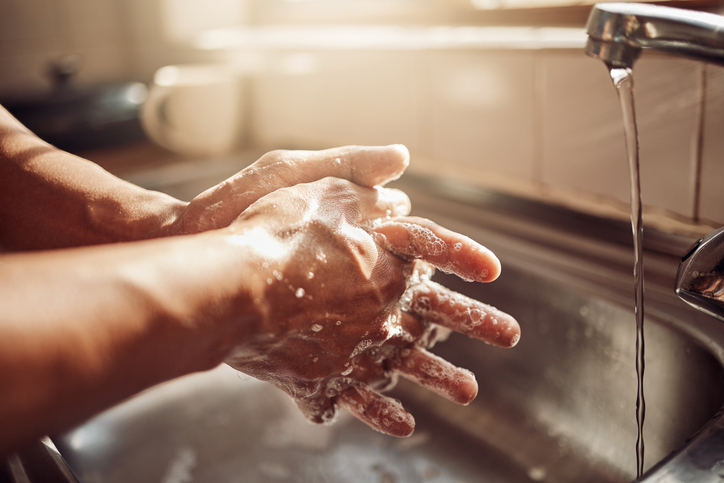
2. Separate
Keep raw meat, poultry, seafood, and eggs separate from all other foods. Be sure these are all cooked thoroughly before they come in contact with any other ready-to-eat foods. Chop your vegetables on a separate cutting board than your meat, and do not place fully cooked food back on a surface that was holding raw meat. Make sure everything stays separate in the refrigerator as well. Place raw meat in a leak-proof container in a separate compartment than fresh produce to be sure any potential drippings do not leak on fruits and veggies.
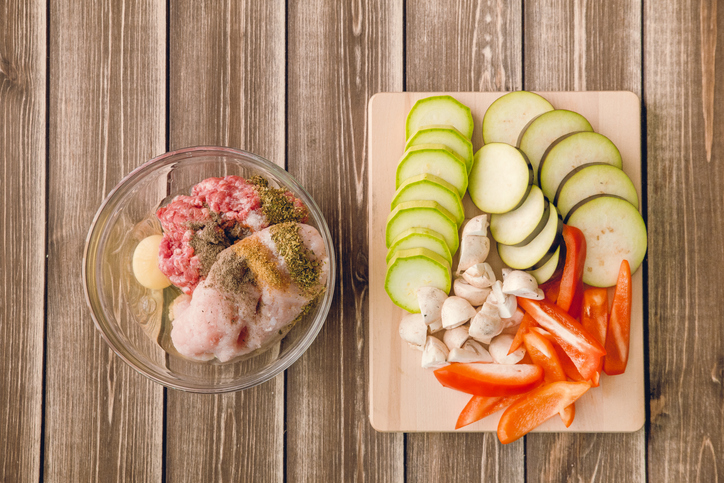
3. Cook
Foods need to be cooked to a safe temperature to be sure that any harmful bacteria are destroyed. Be sure to use a meat thermometer to check this temperature. Sight and smell are not reliable ways to know if a food is fully cooked.
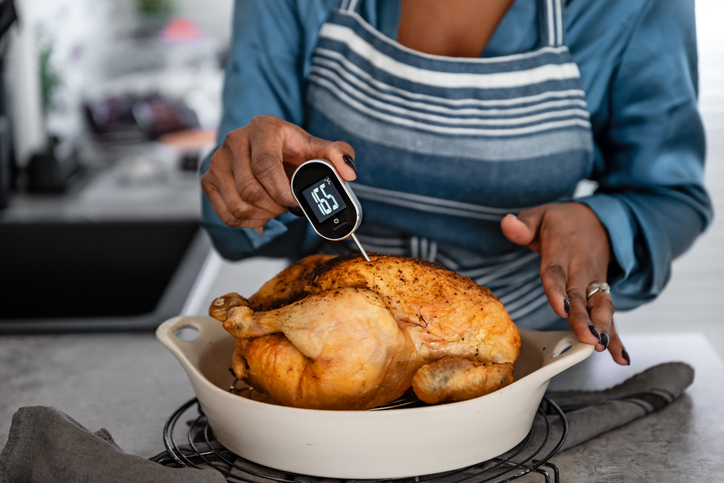
4. Chill
After cooking and eating, store your leftovers safely. Check your refrigerator’s temperature frequently to be sure that it is at or below 40° Fahrenheit and the freezer is 0° Fahrenheit or below. To be sure that food stays at safe temperatures, put food in the fridge within two hours of cooking or buying it. Lastly, always thaw frozen meat or poultry safely, never on the countertop. Thawing can happen in the fridge, in cold water, or in the microwave.
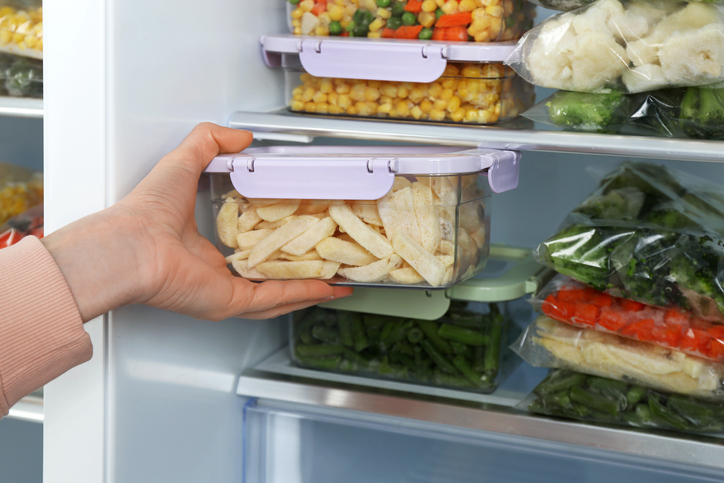
How to Know When Food Goes Bad
Sometimes despite the best efforts, food goes bad. Do your best to clean, separate, cook, and chill, and when something spoils, throw it away. Look for things like mold, an off-putting odor, or a change in color to know that something is spoiled. For example, beef should be dark red and will turn grey when it is no longer safe to eat.
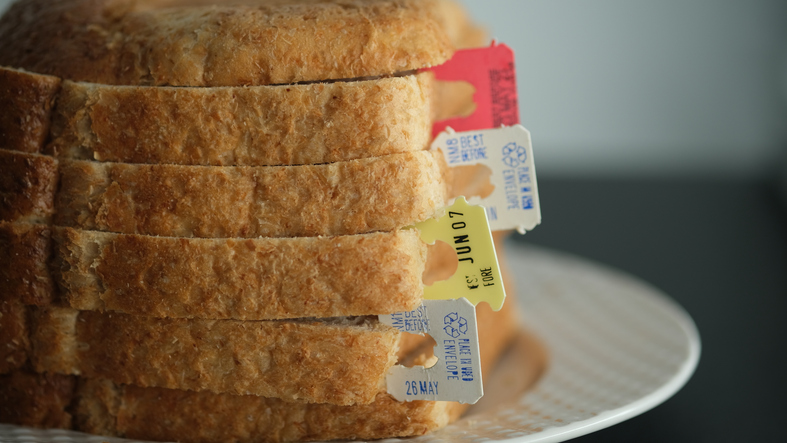
Dates on packaged foods can help sometimes, but note that dates are not regulated by anyone. Only infant formulas have regulated expiration dates on their containers. All other packaged foods may have a variety of “Best-By,” “Use-By,” “Sell-By,” or other labels. While these are good indicators of a food’s quality, they are not firm expiration dates. Reduce food waste by knowing what food should look and smell like rather than relying on the date on the package. However, when in doubt throw it out—make sure you keep yourself and those around you safe!
Keep Cooking Safely
Following basic food safety can have a huge impact on yourself and those you cook for. Make sure things are cooked to the right temperature, produce is separated from meat, and everything is clean. This will help reduce the chance of harmful bacteria getting in your food, which then ensures the food you eat is safe and healthy for you and your family.
Did you find this blog post helpful? Please click the heart button!

